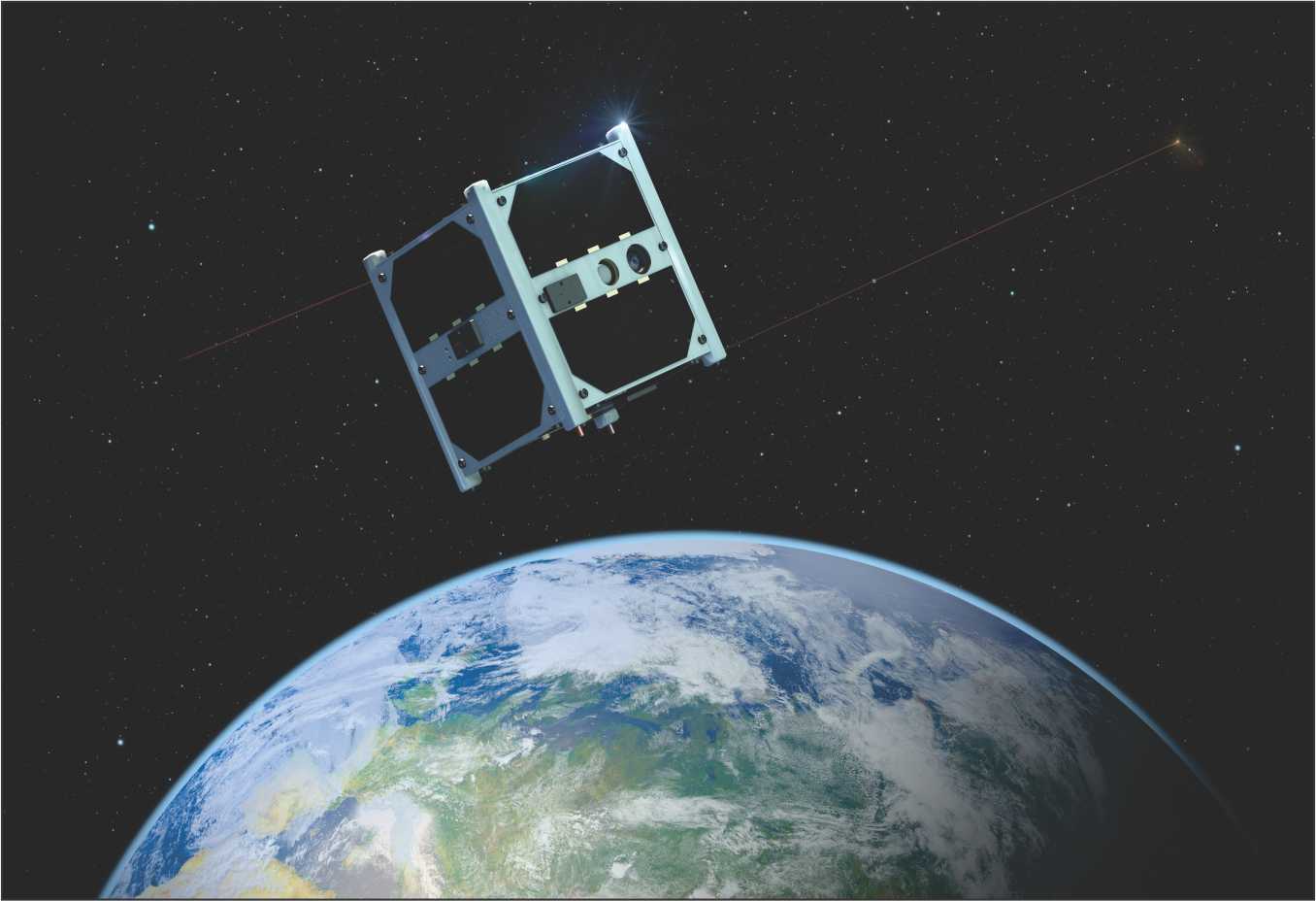Like the “budget carriers” shaping the future of airlines industry, the light weight, cost effective nano satellites are all poised to become a highly affordable facet of space exploration, which, has for long been dominated by “costly and heavy” space platforms. Moreover, the high cost of delivering a satellite payload into the required orbit is a major factor behind the increasing cost of satellite based services.
Clearly and apparently, the high cost of launch service has also been a catalyst behind the growth of small satellite industry. In this context, nano satellites, which normally come in the weight class of 1-10 kg, is rapidly assuming in importance as the low cost future of space exploration. As it is, a significant cost saving has contributed in a big way to the growing popularity of nano satellites.
In particular, nano satellites are being pressed into service for space based communications and earth observation services. One of the biggest advantages associated with nano satellite mission is that a large number of such satellites can be launched in one go in a single orbital mission. Moreover, in distinct contrast conventional satellites with a heavier lift off mass are not only costly to produce but also necessitates the need for deploying a heavy lift launch vehicle involving a huge cost. Low earth orbiting nano satellites can be harnessed in a constellation mode wherein a group of satellites working in tandem can be synchronised to obtain the coverage and services required by a user.
Phenomenal strides in electronic miniaturization have helped lower the weight of nano satellites while at the same time improving their efficiency and operational capability. In distinct contrast, the development of heavier class satellites meant for a variety of end uses invariably involves complicated technologies. And then there is the risk of a satellite going haywire half way through its mission life, resulting in an enormous loss to the operator. On the other hand, risks associated with nano-satellites are minimal since they cost a fraction of what a larger satellite costs. Apart from the cost factor, small satellites provide an exciting opportunity for realizing some of the objectives that costly and larger spacecraft systems are not in a position to accomplish.
Emerging technology
Not surprisingly then nano satellites are emerging as a most sought after option for reconnaissance missions with specific characteristics such as covering the given area every 3-4 hours. Against this backdrop, US Army is increasingly preferring nano satellites with a view to overcome problems that are associated with remote operative scenarios. The US Army is planning to operationalize nano satellite constellations for round the clock communications services. According to General Barrons, Head of UK Joint Forces Command, a large number of small, low cost space platforms may start to compete with smaller number of larger, more expensive platforms to provide future defence capability. Right at the moment, nano satellites are launched as piggyback payloads on-board a conventional space vehicle to reduce the overall cost. Parallelly, efforts are also on to put in place a dedicated, low cost launch system to pave way for the quick and rapid deployment of nano satellites into their intended orbital slots.
Moreover, in the backdrop of outer space emerging as a battlefield of the future, there is a growing recognition of the need to fall back on small, cost effective satellites that can be launched with a short turn around time. For in the event of a larger, conventional satellite ending up as a sitting duck to the machinations of adversaries, only nano satellites can save the day. The warfare strategists and military planners are of view that even if some of the nano satellites are lost in orbit, they can be replenished with frequent launches alongside technology augmentation.
For the defence forces sweating it out in remote, inhospitable terrain, nano satellites provide an exciting window to realize some of the objectives that costly and larger spacecraft systems are not in position to accomplish. These include constellation of a low data radio communications, using formations to collect data from multiple points over a wide geographical swath. Space analysts are of view that in addition to their potentials for a wide ranging civilian uses, nano satellites can also be harnessed for defence and security related applications. “Micro and nano satellites will make space exploration cheaper. They could be used for several purposes including communications and scientific research” says T S Alex, a former Director of the Bangalore based Satellite Centre of the Indian Space Research Organization (ISRO). Interestingly, ISRO has launched a number of small satellites including nano satellites for purposes including remote sensing, communications, atmospheric studies, scientific research, payload development and orbit control recovery technology.
According to Alex, a swarm of low cost nano satellites could move around the earth to provide multi point observation for remote sensing and astrophysical studies, large area instrumented network of virtual instruments in space besides serving as a communications platform. Use of nano satellites in swarm could help avoid a single point failure in a constellation of satellites. And in comparison to the standard and costly technologies used in larger conventional satellites, the smaller nano satellites use the cost effective ,off the shelf technologies including micro imaging systems and micro electro mechanical systems (MEMS).
Orbital deployment
In the ultimate analysis, the low entry cost to space and more missions without a huge capital outlay are the two most distinctive advantages associated with the nano satellite industry. As part of the Student Satellite programme, many Indian universities and academic institutions are into building nano satellites on a routine basis. These satellites are delivered into orbit as piggyback payloads onboard the four stage Indian space workhorse Polar Satellite Launch Vehicle (PSLV). Interestingly, PSLV has launched a range of small, micro, mini and nano satellites from a number of countries including USA, Belgium, South Korea, Germany, Indonesia, Algeria, Canada and Turkey on commercial terms.
The May 2016 flight of India’s four stage, trusted space workhorse PSLV (Polar Satellite Launch Vehicle) will orbit a number of nano satellites from India and abroad. This PSLV mission involving the deployment of an up rated PSLV-XL vehicle will mark a giant leap for the ISRO. For it will orbit as many as 22 satellites in one go. The primary payload of this PSLV mission would be Cartosat-2C cartography satellite designed and developed by ISRO. In particular, this PSLV mission will see the launch of as many as 17 nano satellites. Interestingly, two of these nano satellites have been built under the Student Satellite Programme sponsored by ISRO by Pune Engineering College and Sathybhama University in India. The nano satellite payloads that would be launched by PSLV as part of a commercial deal includes three quad packs of four each from Spaceflight from USA and a package of two Canadian satellites designed to measure greenhouse gases in the atmosphere.
On its part, Defence Research and Development Organization (DRDO) is looking at modifying its long range Agni-V missile into a space vehicle for deploying nano satellites into orbit on a short notice during the time of crisis. DRDO is also exploring the possibility of deploying a constellation of nano satellites for use by the Indian defence forces. And as part of the strategy to protect Indian satellites from a possible attack from “rogue satellites” DRDO is planning to equip light weight satellites with warheads that can be activated by ground commands in case of an attack by a killer satellite of an enemy state. As pointed out by DRDO, the only way to protect Indian satellites from the threat of enemy killer satellite is to shoot down the enemy satellite.





